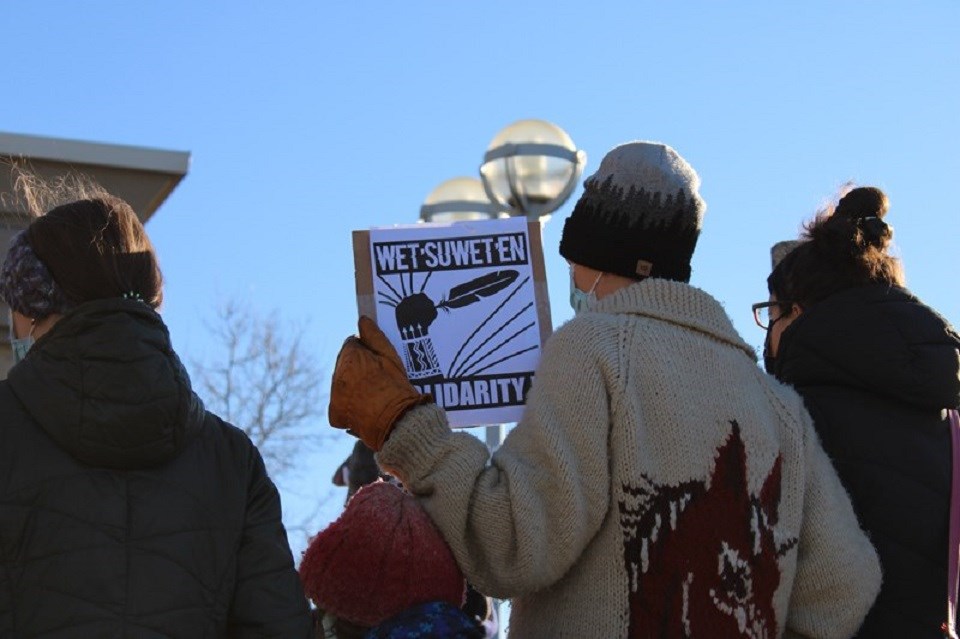As the southern half of B.C. continues to recover from devastating floods and landslides, in the north, a long-simmering standoff between Wet’suwet’en land defenders and Coastal GasLink has heated up.
At stake is a $6-billion pipeline funnelling natural gas from fields in Alberta and B.C.’s northeast to a processing facility on the coast. Once completed, the project will be the biggest of its kind in Canada.
For two years now, Wet’suwet’en resistance has sparked protests across Canada, some in solidarity with Indigenous rights, others simply opposed to expanding fossil fuel infrastructure.
But does such opposition yield any real results? According to a recent report, that answer is a resounding ‘yes.’
A joint study conducted by Oil Change International and the Indigenous Environmental Network analyzed the status of 17 pipelines, mines and in one case, the battle over the future of the Alaska National Wildlife Refuge.
The study limited its analysis to the reported climate impact of specific projects over the decade ending in 2019. Once completed, the projects were projected to facilitate the release of a combined 6.56 billion metric tonnes of carbon dioxide equivalent emissions.
Counting “victories” alone, the study found Indigenous resistance contributed to blocking the emissions of 779 million metric tonnes of carbon equivalent emissions — 12 per cent of all the carbon pollution emitted in the U.S. and Canada in 2019. Projects still being contested account for another 12 per cent.
“If these struggles prove successful, this would mean Indigenous resistance will have stopped greenhouse gas pollution equivalent to nearly one-quarter (24 per cent) of annual total U.S. and Canadian emissions,” write the authors.
The “outsized political impact” of Indigenous resistance, adds the study, is “helping shift public debate around fossil fuels and Indigenous rights.”
Because only the largest and most iconic projects were examined, the study says its figures likely undercount the impact of Indigenous protest on fossil fuel projects.
Some of the pipelines the authors determined were successfully opposed by Indigenous resistance include the Keystone XL oil pipeline and the Northern Gateway pipeline.
B.C.’s Coastal GasLink and Trans Mountain expansion pipelines, meanwhile, were still classified as a “fight.”




